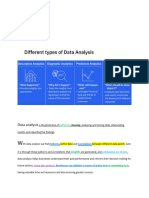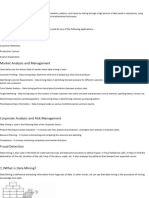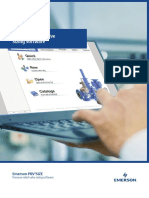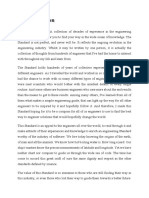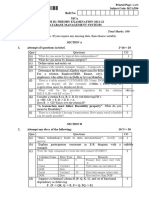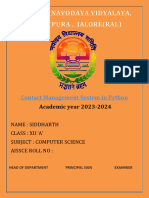0% found this document useful (0 votes)
18 views8 pagesTerm2 Datascience Notes
Module 3 focuses on data visualization, explaining its importance in understanding trends and patterns through various formats like charts and graphs. It emphasizes the need for quality and complete data for effective analysis and the significance of asking the right questions to derive meaningful insights. Module 4 introduces data science applications, including digital advertisements and speech recognition, and provides an overview of artificial intelligence, its goals, and its relationship with machine learning and deep learning.
Uploaded by
Smitha JayanthCopyright
© © All Rights Reserved
We take content rights seriously. If you suspect this is your content, claim it here.
Available Formats
Download as PDF, TXT or read online on Scribd
0% found this document useful (0 votes)
18 views8 pagesTerm2 Datascience Notes
Module 3 focuses on data visualization, explaining its importance in understanding trends and patterns through various formats like charts and graphs. It emphasizes the need for quality and complete data for effective analysis and the significance of asking the right questions to derive meaningful insights. Module 4 introduces data science applications, including digital advertisements and speech recognition, and provides an overview of artificial intelligence, its goals, and its relationship with machine learning and deep learning.
Uploaded by
Smitha JayanthCopyright
© © All Rights Reserved
We take content rights seriously. If you suspect this is your content, claim it here.
Available Formats
Download as PDF, TXT or read online on Scribd
/ 8













